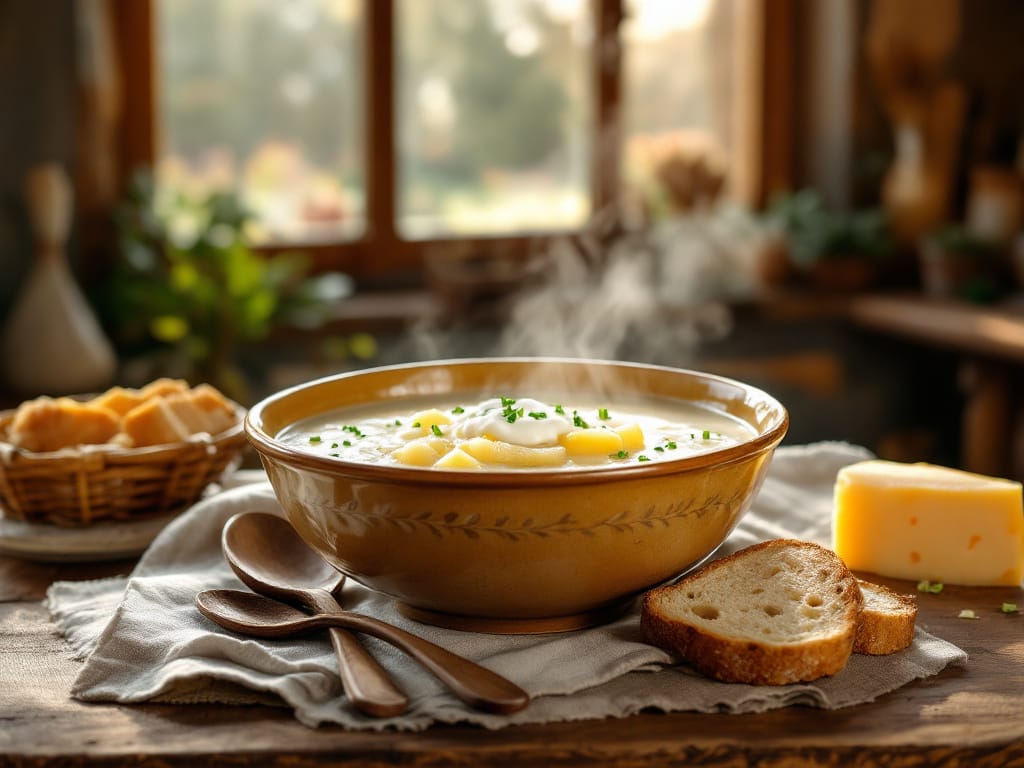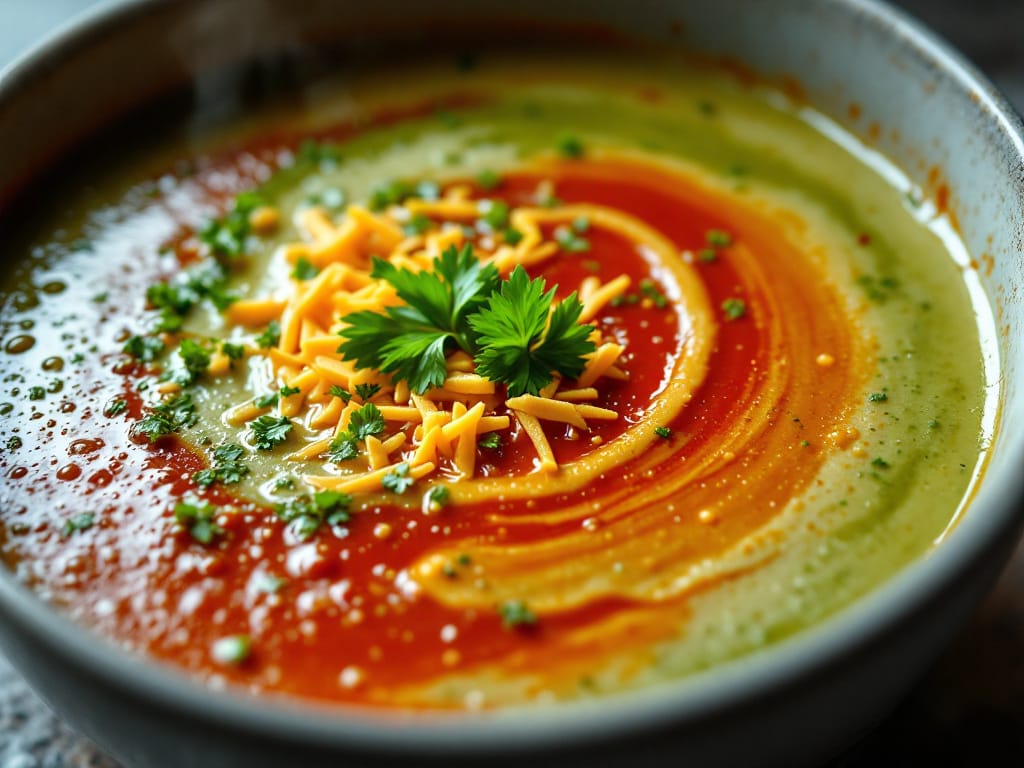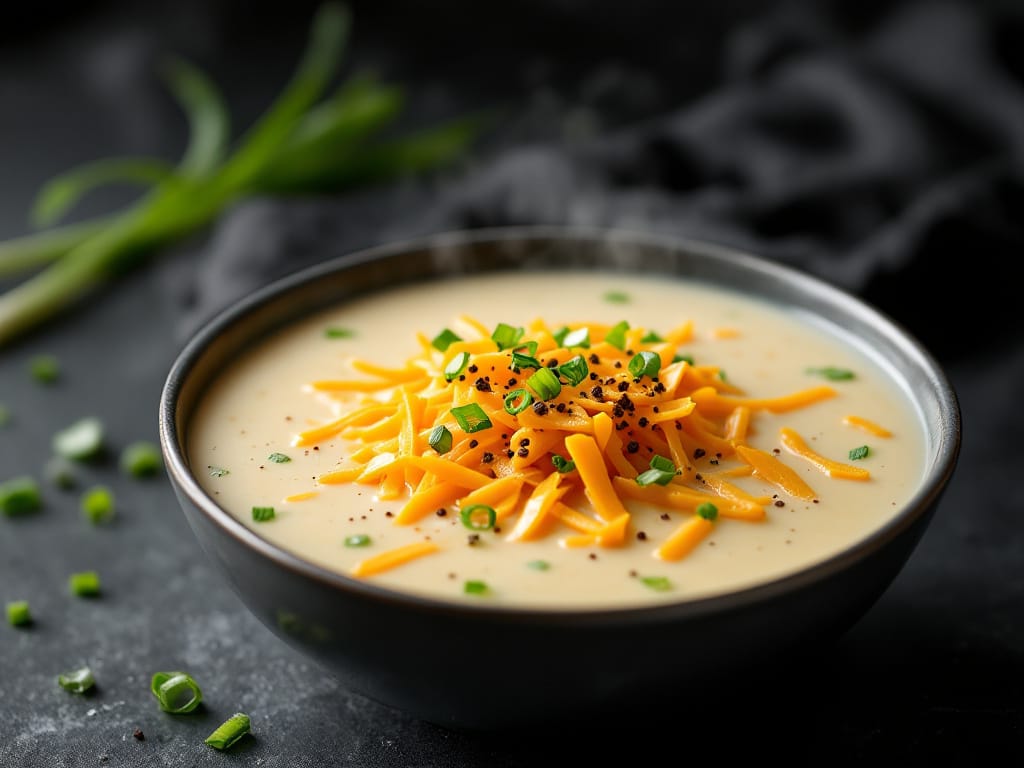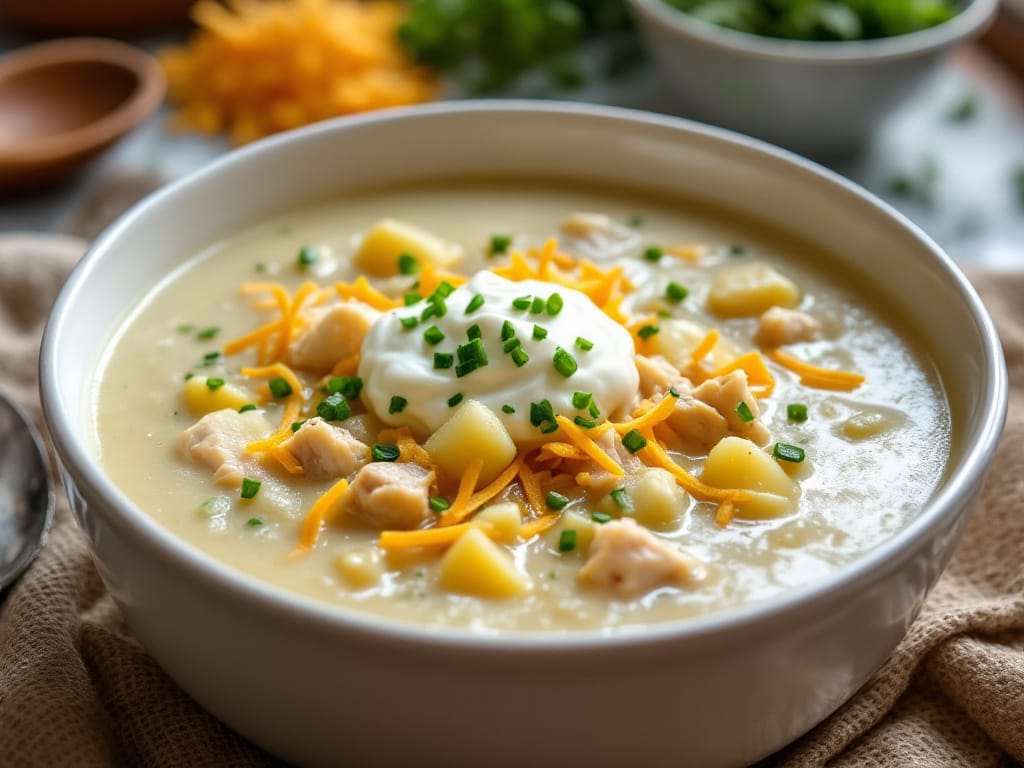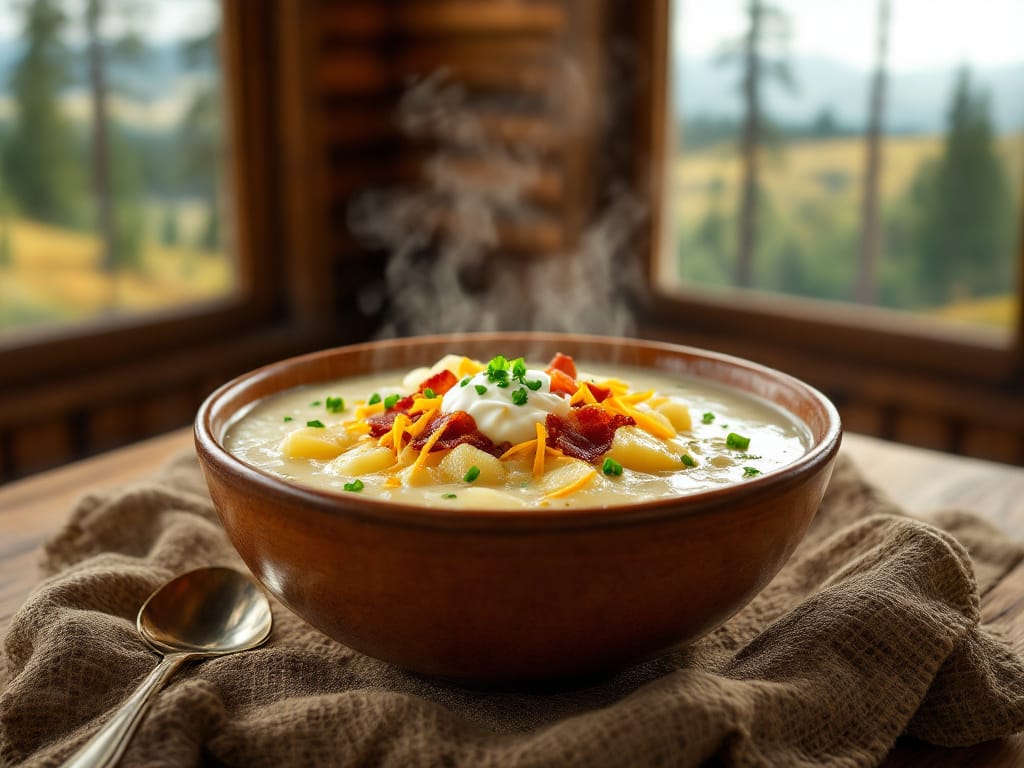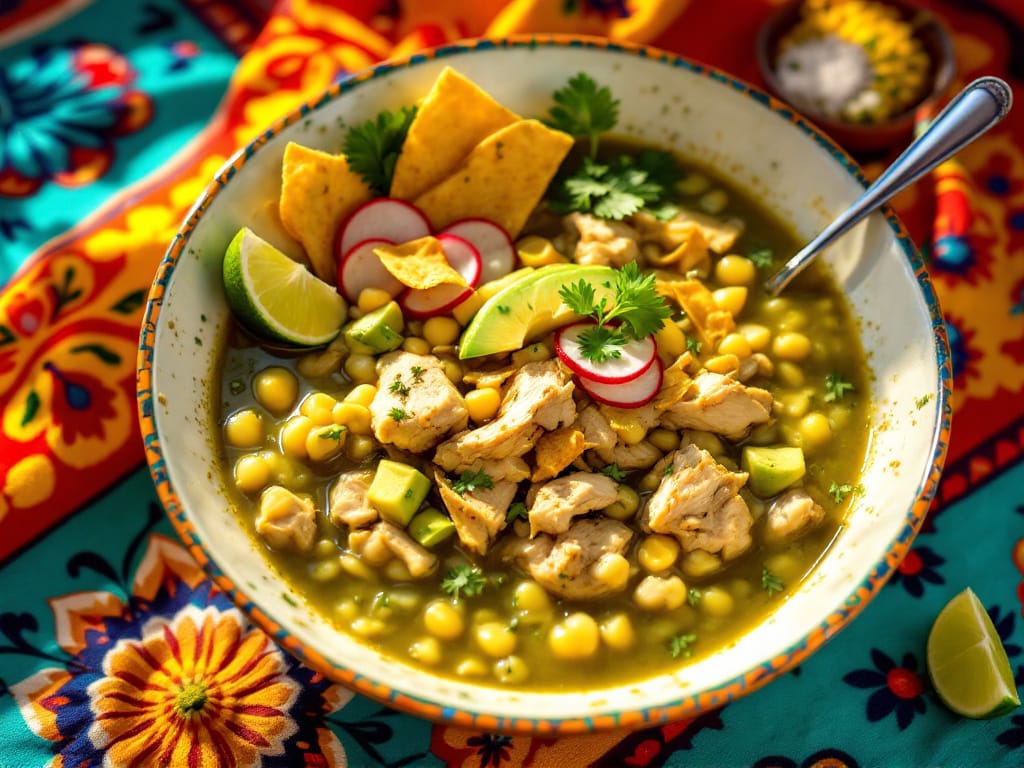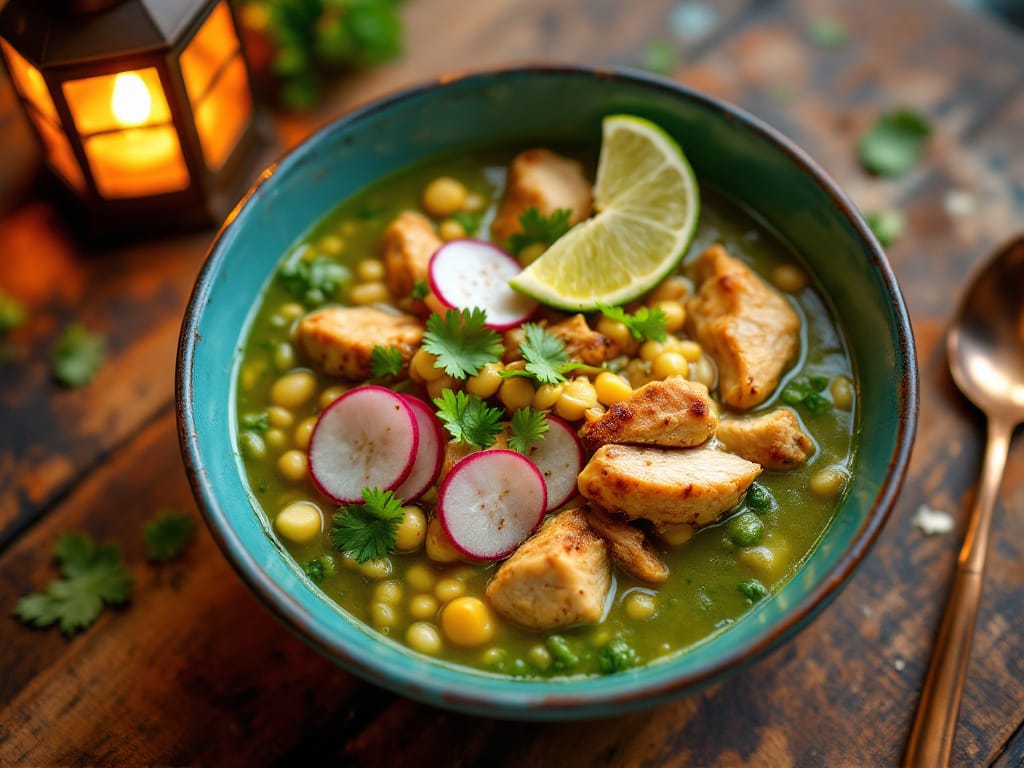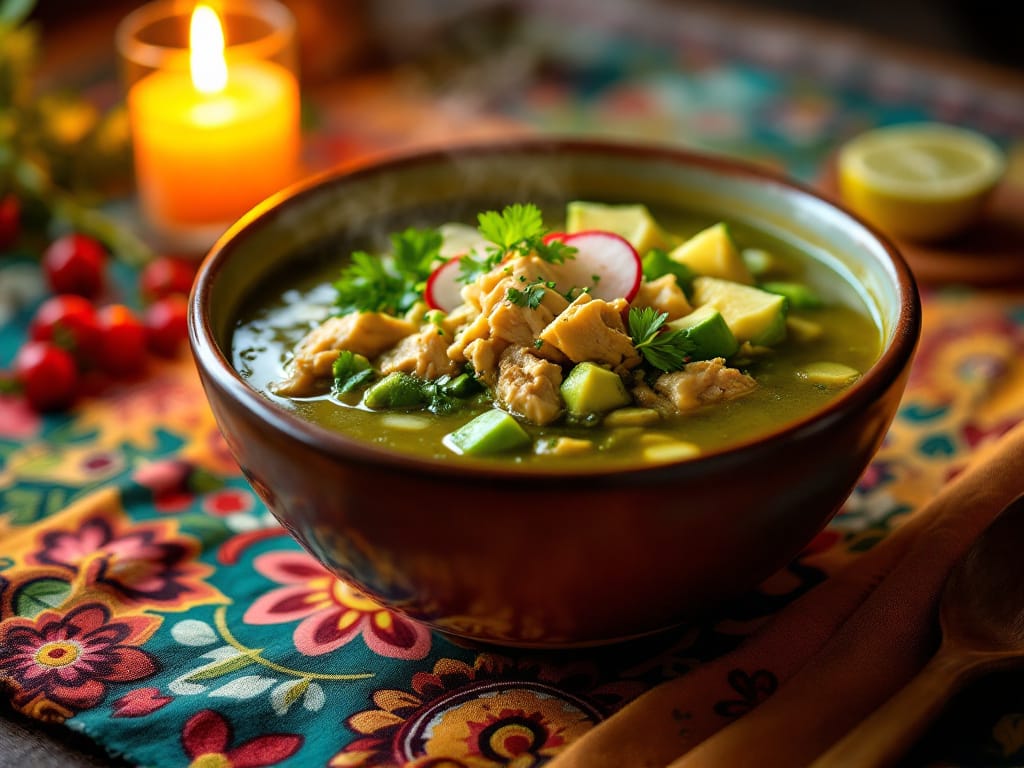Cookies, a universally loved treat, often pose a unique challenge when baked without gluten. What is the best flour for gluten-free cookies? This is a key question for those seeking to create a delicious, gluten-free version of their favorite treat.
Gluten-free baking has gained immense popularity in recent years, catering to individuals with dietary restrictions, health conditions, or a simple desire to experiment with new ingredients. Cookies, a universally loved treat, often pose a unique challenge when baked without gluten.
Why? Because gluten is the protein responsible for providing structure and elasticity in baked goods. Without it, cookies can turn out crumbly, flat, or overly dense, making it essential to choose the right gluten-free flour.
The purpose of this article is to help you navigate the world of gluten-free flours and identify the best options for creating delicious cookies with the perfect texture and flavor.
Understanding Gluten-Free Baking
What Does “Gluten-Free” Mean?
A gluten-free diet eliminates wheat, barley, rye, and other gluten-containing grains. For many, it’s a medical necessity due to conditions like celiac disease or gluten sensitivity, while others adopt it as a lifestyle choice.
Why Flour is Critical for Cookie Texture and Taste
Flour serves as the backbone of cookies, contributing to their structure, chewiness, and softness. Gluten-free flours behave differently from traditional wheat flour, requiring careful selection and, often, adjustments to recipes.
For more on how different flours perform, explore the ultimate guide to sourdough discard uses, where alternative flours shine in innovative recipes.
Popularity of Gluten-Free Diets
With increasing awareness of gluten-related health issues and the rise of gluten-free products, more people are embracing gluten-free baking. This trend has led to a growing variety of alternative flours designed to mimic traditional flour’s performance while adding unique flavors and textures.
By understanding these basics, you’ll be ready to explore the best gluten-free flours for cookies and bake confidently!
Key Qualities of Good Gluten-Free Flour
When selecting the best gluten-free flour for cookies, consider the following essential qualities:
Texture and Binding Properties
The absence of gluten often leads to crumbly or overly dense cookies. Flours with good binding properties (e.g., those containing natural starches) can mimic gluten’s elasticity, resulting in better structure and texture.
Flavor Neutrality
Some gluten-free flours, like almond or coconut flour, impart distinct flavors. While these can enhance certain recipes, others, like rice or oat flour, are more neutral, making them versatile choices.
Nutritional Benefits
Beyond baking, many gluten-free flours add nutrients to your cookies. Almond flour, for example, is high in protein and healthy fats, while oat flour offers fiber and heart-friendly benefits.
By focusing on these qualities, you can choose a flour that suits your recipe and dietary needs.
Top Gluten-Free Flour Options for Cookies
Almond Flour
- Texture & Flavor Profile: Almond flour provides a soft, moist texture with a rich, nutty flavor. It’s made from finely ground blanched almonds and works particularly well in cookies that benefit from added fat, such as chocolate chip cookies or macaroons.
- Best Uses: Ideal for chewy and moist cookies; pairs well with chocolate or nut-based recipes.
Coconut Flour
- Absorption Properties: Coconut flour is highly absorbent, requiring additional liquids or eggs in recipes. Without adjustments, cookies can turn out dry or crumbly.
- Flavor Profile: Adds a mild coconut flavor, making it perfect for tropical or dessert-style cookies like piña colada or lemon bars.
- Tip: Use sparingly or blend with other flours to balance moisture.
Rice Flour
- Usage in Blends: Rice flour, available in white or brown varieties, is often a staple in gluten-free flour blends due to its smooth texture and mild taste.
- Compatibility: Works well in cookies requiring a light, crisp structure, such as sugar cookies.
- Pro Tip: Brown rice flour adds slightly more flavor and nutrition than white rice flour.
For more tips on using gluten-free flours, visit the ultimate sourdough discard recipes, which highlight how these flours can reduce waste and enhance flavor.
Oat Flour
- Mild Flavor: Oat flour has a subtle, nutty flavor and is easy to make at home by grinding oats in a blender.
- Nutritional Benefits: Rich in fiber, it adds moisture and chewiness to cookies like oatmeal raisin or spice cookies.
- Note: Ensure oats are certified gluten free to avoid cross-contamination.
Cassava Flour
- Gluten Mimicry: Made from the cassava root, this flour closely resembles wheat flour in texture and performance.
- Ease of Use: Works well as a 1:1 substitute in many cookie recipes, with a neutral flavor.
- Best Uses: Great for shortbread, thumbprint cookies, or sandwich cookies.
Sorghum Flour
- Light Flavor: Sorghum flour has a mild, slightly sweet taste, making it suitable for cookies where you don’t want the flour to overpower other ingredients.
- Application: Best when combined with other flours in blends for better structure.
Blended Gluten-Free Flours
- Convenience and Consistency: Premade blends like Bob’s Red Mill Gluten-Free 1-to-1 Flour or King Arthur Gluten-Free Measure for Measure simplify baking by combining multiple flours and adding binding agents like xanthan gum.
- Best Uses: Ideal for beginners or when adapting traditional cookie recipes.
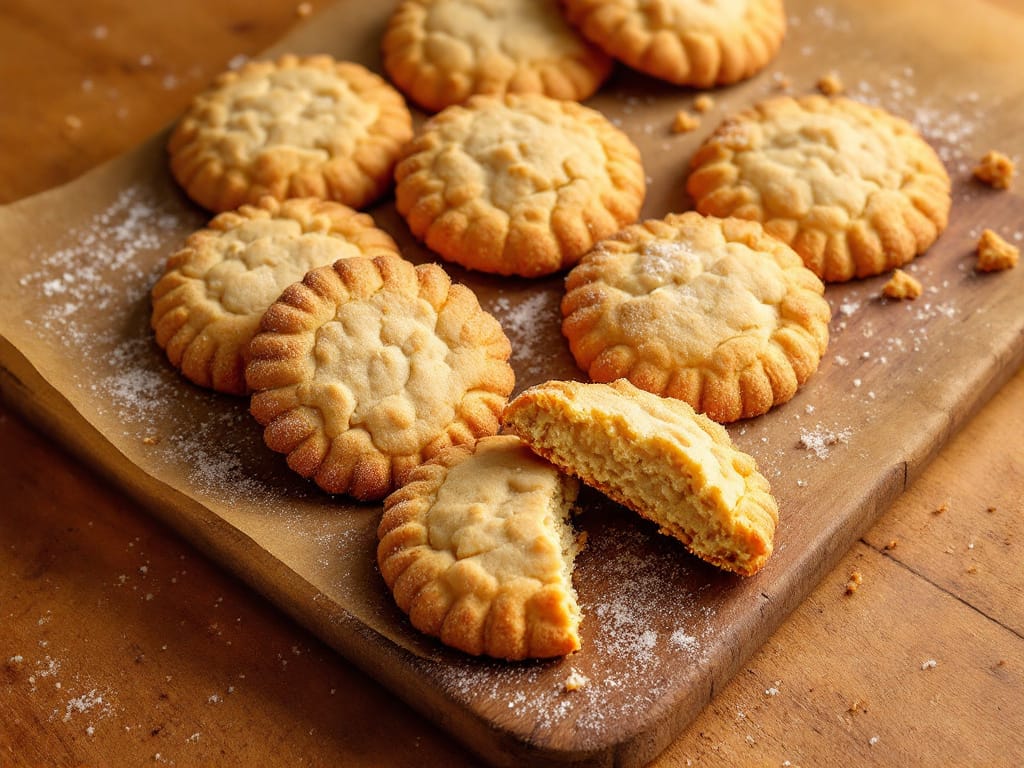
Comparing Single-Ingredient vs. Blended Flours
Advantages of Single-Ingredient Flours
- Allows control over flavor and texture.
- Ideal for customizing recipes to specific needs (e.g., nut-free or low-carb).
Disadvantages
- Often requires multiple flours to achieve the desired result.
- May need additional binders like xanthan gum.
Advantages of Blended Flours
- Pre-formulated for optimal baking results.
- Saves time and effort, especially for beginners.
Disadvantages
- Less flexibility to adjust flavors or nutrition.
- Some blends may contain unwanted additives or allergens.
When to Use Each: Single-ingredient flours are great for experienced bakers who want full control, while blended flours are best for quick, consistent results.
Challenges in Gluten-Free Cookie Baking
Common Issues
- Texture Problems: Cookies may turn out too crumbly or dense without gluten’s binding power.
- Spreading Issues: Gluten-free cookies often fail to spread properly during baking.
- Flavor Imbalances: Strongly flavored flours can overpower the overall taste.
Troubleshooting Tips
- Add binding agents like xanthan gum or psyllium husk.
- Experiment with liquid ratios to achieve the right consistency.
- Rest the dough for better hydration and a more cohesive structure.
By understanding these challenges and solutions, you can ensure that your gluten-free cookies are a delicious success!
Tips for Baking the Perfect Gluten-Free Cookie
Achieving cookie perfection without gluten requires some tweaks to your baking process. Here are key tips to ensure success:
Use Binding Agents
Without gluten, cookies can lack structure and crumble easily. Adding binding agents like xanthan gum, guar gum, or psyllium husk creates elasticity, holding the dough together. Many gluten-free flour blends already include xanthan gum, but if you’re using a single-ingredient flour, add about ¼ teaspoon per cup of flour.
Adjust Liquid Ratios
Gluten-free flours like coconut flour absorb more liquid than traditional wheat flour, while others, like cassava flour, may require less. Experiment with the liquid in your recipe to achieve the right dough consistency. A slightly wetter dough often results in softer, chewier cookies.
Rest the Dough for Better Hydration
Allowing the dough to rest for 20–30 minutes before baking helps the flour hydrate and bind better. This step reduces graininess in flours like rice flour and prevents cookies from spreading too much in the oven.
Measure Accurately
Gluten-free flours are sensitive to measurement variations. Use a digital kitchen scale for the most precise results.
Bake at the Right Temperature
Gluten-free cookies can burn more easily. Keep an eye on your cookies and consider lowering the oven temperature slightly if you notice over-browning.
For more inspiration, explore how sourdough discard transforms baked goods.
Recipes Featuring Gluten-Free Flours
Here’s a quick overview of popular recipes you can try with different gluten-free flours:
- Almond Flour Chocolate Chip Cookies
A rich, chewy classic that highlights the nutty flavor of almond flour. - Coconut Flour Shortbread Cookies
Perfect for a tropical twist, these cookies are light and buttery. - Oat Flour Oatmeal Raisin Cookies
Packed with fiber and flavor, these cookies are a comforting treat.
Storage Tips for Gluten-Free Cookies
Ensuring Freshness
Gluten-free cookies can dry out faster than traditional ones. Store them in an airtight container at room temperature for up to 3 days. Add a slice of apple or bread to the container to retain moisture.
Freezing and Reheating Tips
- Freezing: Place cooled cookies in a single layer on a baking sheet, freeze until firm, then transfer to a freezer-safe bag. Cookies can be frozen for up to 3 months.
- Reheating: To enjoy later, warm frozen cookies in a 300°F (150°C) oven for 5–10 minutes. This revives their texture and flavor.
With these baking and storage tips, you’ll master the art of gluten-free cookies, ensuring they remain delicious every time!
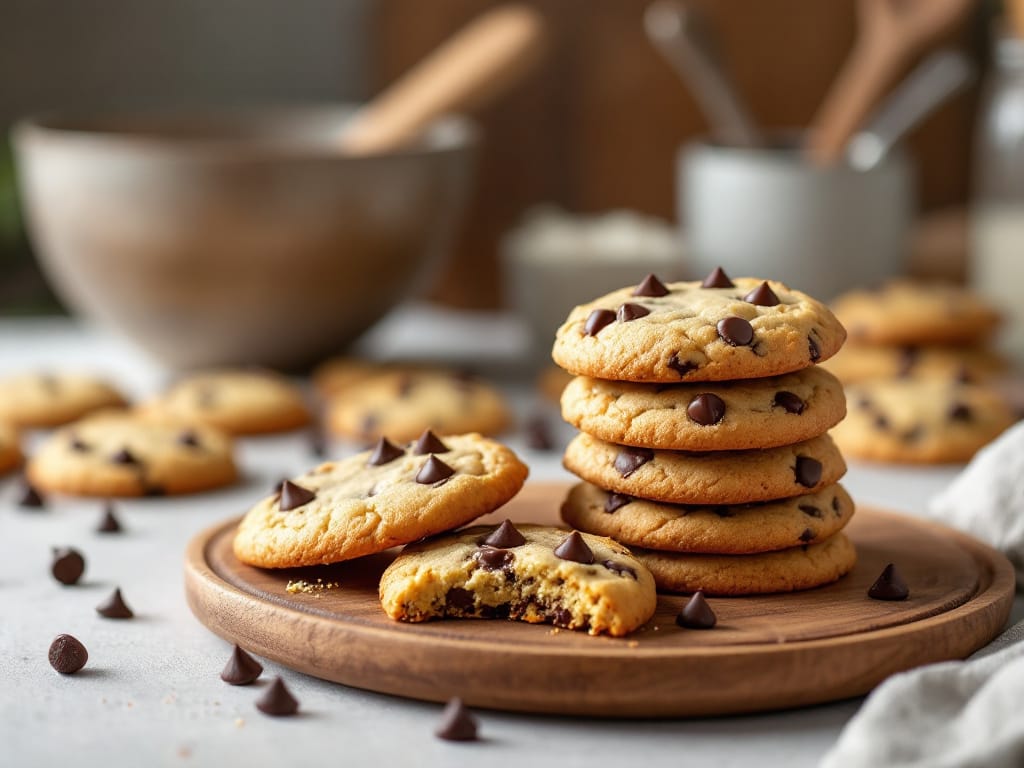
Frequently Asked Questions
What is the healthiest gluten free flour?
Almond flour and oat flour are among the healthiest options, offering high levels of protein, fiber, and healthy fats.
Can you substitute gluten free flour 1:1 for regular flour?
Some gluten-free blends are designed for 1:1 substitution, but single-ingredient flours may require recipe adjustments for texture and moisture.
What is the best flour blend for chewy cookies?
Blends containing tapioca starch or potato starch enhance chewiness, making them ideal for cookies.
Are gluten free cookies lower in calories?
Not necessarily. The calorie count depends on the type of flour and sweeteners used.
Which gluten free flour is best for beginners?
Pre-made blends like Bob’s Red Mill Gluten-Free 1-to-1 Baking Flour are beginner-friendly and versatile.
Conclusion
Selecting the best gluten-free flour for cookies depends on the recipe and your personal preferences. Flours like almond, coconut, oat, and pre-made blends offer diverse textures and flavors to suit every baker’s needs.
Experimentation is key to mastering gluten-free baking. By trying different flours and techniques, you’ll discover the perfect combination to create cookies that are just as delicious as their gluten-filled counterparts.



